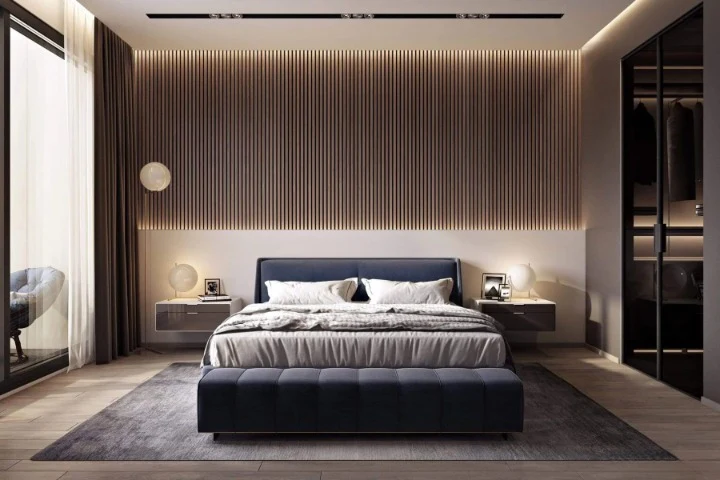
In the intricate world of interior design, it’s often the subtle details that elevate a space from ordinary to extraordinary. One such detail that has stood the test of time is chamfered skirting. This timeless technique not only serves a functional purpose but also adds a touch of sophistication to interior spaces. In this exploration, we delve into the art and allure of Chamfered Skirting, unraveling its historical roots, diverse applications, and the timeless elegance it brings to room design.
Historical Roots and Evolution:
The chamfered skirting technique finds its roots in classical architecture, where it was employed to add depth and visual interest to various elements, including baseboards and moldings. The term chamfer refers to the beveled or angled cut made at the edge of a surface, creating a subtle transition between different planes. Over time, this detailing technique evolved and adapted, finding its way into various design styles, from traditional to contemporary.
Functional Simplicity:
At its core, chamfered skirting serves a functional purpose while maintaining a sense of simplicity. The beveled edge of the skirting allows for a smooth transition between the floor and the wall, creating a visual break that helps protect walls from potential damage caused by foot traffic, furniture, or cleaning equipment. The chamfered edge also adds a layer of visual interest without being overly ornate, making it a versatile choice for a range of interior styles.
Visual Illusion of Space:
Chamfered skirting has a unique ability to create an illusion of space within a room. The beveled edge, especially when painted in a light color, reflects more natural light and provides a sense of openness. This visual trickery is particularly effective in smaller rooms or spaces with lower ceilings, where the chamfered skirting contributes to an overall feeling of airiness and expansiveness.
Versatility in Design Styles:
One of the strengths of chamfered skirting lies in its versatility across different design styles. In traditional interiors, chamfered skirting can be applied with intricate detailing and molding, adding a touch of classic elegance. In modern and minimalist spaces, a simpler chamfered profile contributes to a clean and streamlined look, showcasing the adaptability of this detailing technique to diverse design aesthetics.
Integration with Architectural Features:
Chamfered skirting integrates seamlessly with other architectural features within a space. Whether combined with crown moldings, dado rails, or window trim, chamfered skirting contributes to a cohesive and well-thought-out design scheme. The continuity of the chamfered detailing across various architectural elements enhances the overall visual harmony within a room.
Customization Opportunities:
Chamfered skirting offers ample opportunities for customization, allowing homeowners and designers to tailor the detailing to their preferences. The angle and depth of the bevel can be adjusted, offering a range of design possibilities. Additionally, the choice of material and finish allows for further customization, ensuring that chamfered skirting aligns with the desired aesthetic of the room.
Timeless Elegance and Enduring Appeal:
The enduring appeal of chamfered skirting lies in its timeless elegance. Unlike trends that come and go, chamfered skirting has a classic quality that transcends design fads. Its simplicity and sophistication make it a detailing technique that can stand the test of time, ensuring that a room adorned with chamfered skirting maintains its stylish allure for years to come.
Conclusion:
Chamfered skirting, with its historical roots and timeless charm, stands as a testament to the importance of thoughtful detailing in interior design. Whether gracing the walls of a traditional home or adding a touch of modern sophistication to a contemporary space, chamfered skirting proves its versatility and enduring appeal. As designers and homeowners continue to seek elements that contribute to both form and function, chamfered skirting emerges as a subtle yet impactful choice that adds a layer of elegance to the overall design narrative.



